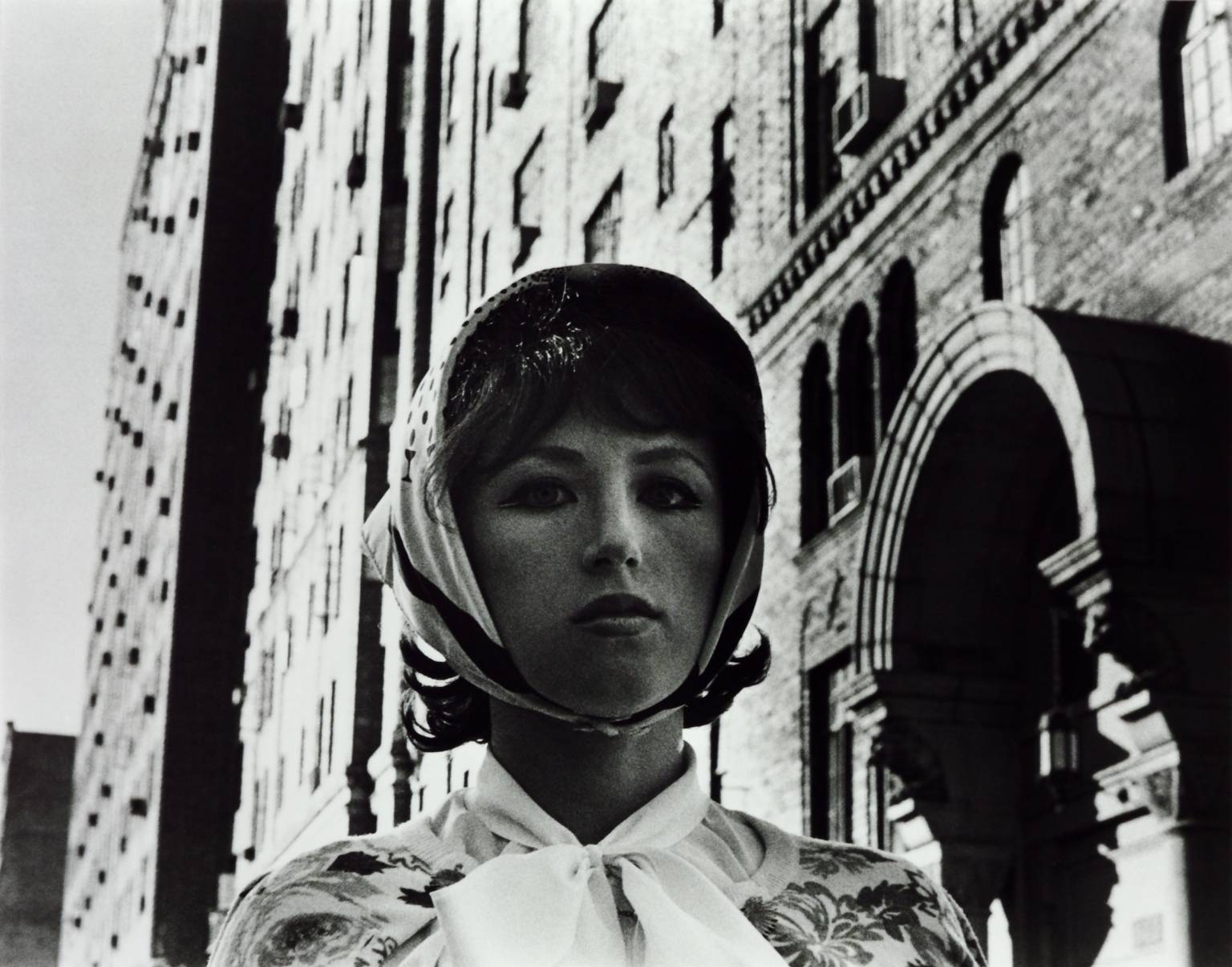While I have been focusing on Marcel Duchamp and/or Rrose Selavy for the last couple of days to illustrate (for lack of a better word) my ideas on identity in virtual worlds, the work of Cindy Sherman crept up in my sub consciousness earlier today. I mentioned in my post earlier today that Rrose Selavy has been considered by some art historians as an artists in her own right. In relation to this, I posed the question of whether or not Paik could have created a similar alter ego had he not found a willing partner in Charlotte Moorman. These are all questions that made me think of Sherman’s work in that her entire body of work is based on alternate identities – alter egos if it weren’t for the fact that the identities she appropriates are never meant to be artists in their own rights, they are rather, alternate subjects.
The idea of an alternate subject (sort of altered identity self-portrait) made me think of the possible relationship between Paik and Moorman, as discussed by Pixelanimator. If Moorman is nothing but a muse to Paik, would Paik’s alter ego as a hypersexualized female also be a muse or an artist in her own right? What is interesting about Sherman’s work within this discussion is the treatment of the subject through a female lens. Unlike Duchamp, Sherman’s work is not so much concerned with identity as a means to an end, but rather as an evolving dialogue on stereotypes. Sherman becomes different characters has does an actor, almost disappearing in her work to the point where the audience is confronted with the assumed persona head-on rather than through the artist.
Ultimately, Sherman and Duchamp used physical transformations for different reasons and in very different contexts. What they do have in common, however, is their exploration of the idea of the fluidity of identity, something which we are all exploring as avatars. Only now, these personas can not only be instantly created, but also animated, tested, and disseminated to large audiences. The power of identity, as explored by Sherman (and arguably all of us with an SL account), lays in the fact that alternate identities, like masks, often underscore an identity more real than assumed.

